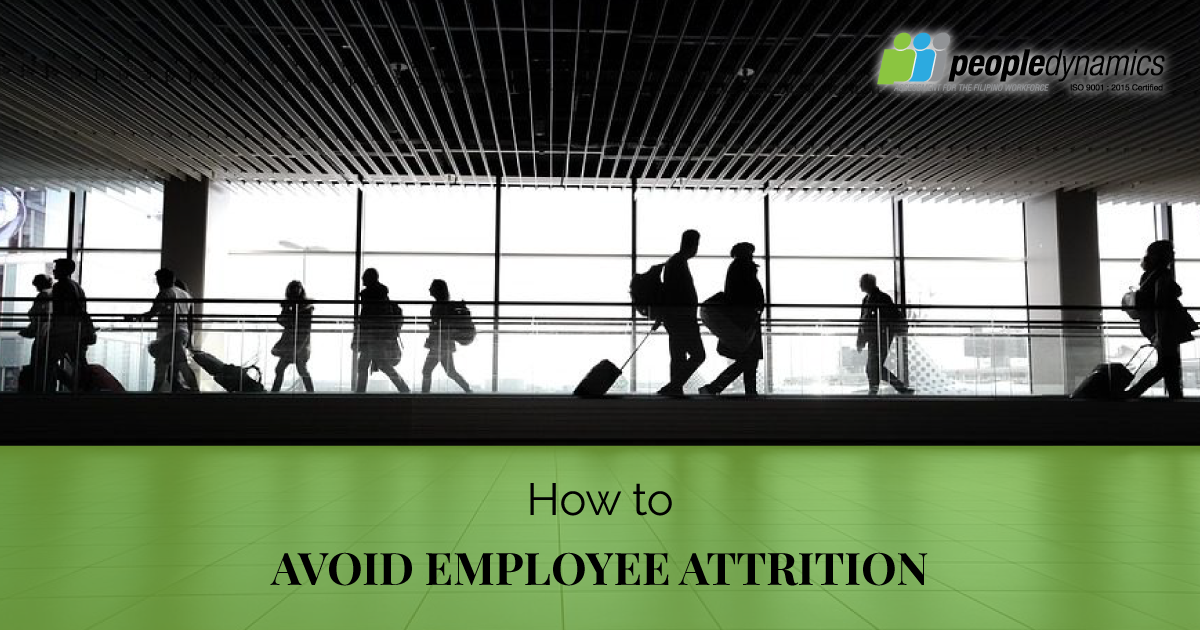Employee Attrition, commonly known as employee turnover, is one of the largest costs organizations face. In fact, with calculations showing that even replacing a $10 employee will cost an organization some $3,328 and a $30,000-$50,000 employee will cost $8,000+, reducing or avoiding attrition can reduce HR costs substantially while improving organizational profitability.
At the same time, recognizing why employees leave can be complex. People leave for complex and varied factors and it’s important to review your organization, its problems, what people talk about, and why people specifically say they are leaving.
However, the following strategies are commonly used to reduce employee attrition:
Take Your Time During Recruitment
Employee attrition is often as much the fault of hiring people who don’t fit as it is the fault of employees not enjoying their jobs. If you fit someone into a team that doesn’t meet their work-style, behavior, ethics, or culture. Fitting someone into the wrong team will result in them leaving.
Finding people who fit your teams and culture well usually means relying on the recruitment process. Here, you should evaluate factors such as behavior, competencies, and personality, utilize culture-fit and try-out work assignments to ensure individuals fit the work-style and allow teams to make the final decision. At the same time, you don’t want everyone on your team to be exactly the same, so you shouldn’t be looking for an exact match, only compatibility.
Offer Benefits that Matter
Most people are less concerned about earning a few extra dollars a day and significantly more concerned about benefits like flex work, good health benefits, and extras like daycare. In fact, the MIT Quality of Life Survey lists that managers and employees have seen a reduction in attrition with the introduction of work flexibility.
With 80% of employees listing flexible work hours as the most important benefit they could receive, and one that most impacts their day-to-day work-life, it’s significantly more likely to impact decisions to stay or leave. This will become especially crucial when employees are moving, starting families, and taking on personal development courses or assignments.
Focus on Employee Development
No one wants to remain in the same place for the rest of their career. Creating development paths for employees, working with individuals to recognize and develop their potential, and allowing individuals to work for their future inside your company will go a long way to reducing attrition.
Here, your goal should be transparency in that employees should know their options, educational in that you want to actively develop individuals for future roles, and prudent, in that you should offer development and retraining to move individuals out of roles that are becoming defunct or unnecessary.
Investing in employees gives them opportunities for growth but also works to build trust and long-term employee retention.
Improve Performance Reviews
Performance reviews are intended to give management a good idea of who is performing or not, but they often make individuals feel overwhelmed, stressed, and like they aren’t doing enough.
Improving performance reviews to integrate feedback throughout the year, to integrate coaching, and to create training and learning moments instead of simple criticism or praise and reward will help you to improve your process and build trust with employees. All of these factors will improve your workforce over time, decreasing stress, and improving the value of your performance cycle.
Employees most often leave for reasons such as poor culture fit, poor personal fit, and lack of motivation or opportunities for growth. Fixing these issues includes working to create clear communication, channels for growth and development, and comfortable work schedules for employees.




